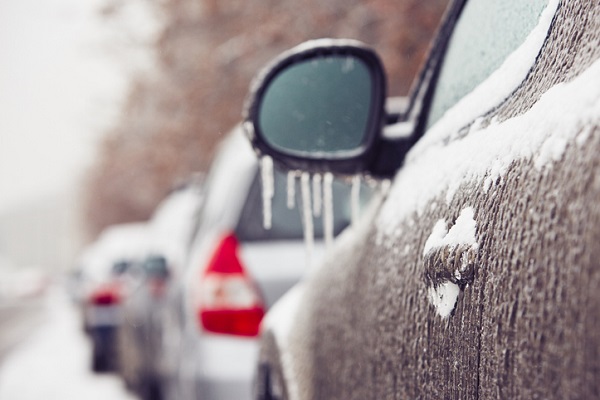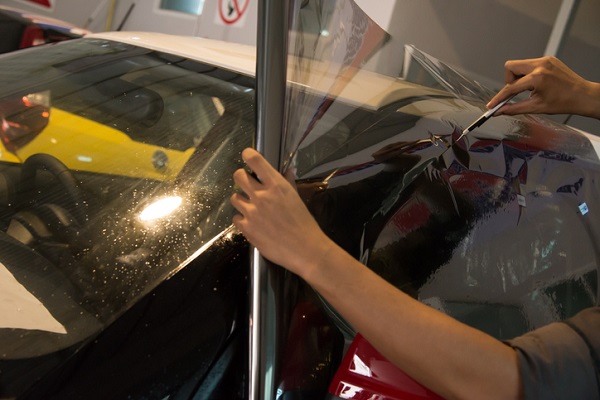
When the cold months finally hit, winterizing cars is a must. Whether it is snow, ice, salt, or gravel, there are several winter hazards that can lead to a car’s paint job chipping and wearing away. Luckily, being able to protect it is easier than you might think.
No matter what the underlying issue may be, protecting a vehicle’s paint job from the Canadian winter is essential, and there are numerous ways you can get the job done effectively. Here are some tips for how to keep a vehicle’s paint job well-protected and spotless during the winter months.
One Solution for Those With Auto Painting Careers is to Apply a Wax Coat
This is something worth doing even before any snow hits the ground. Adding a coat of wax to a vehicle protects it from damage from dirt or salt. It’s a good idea to have this done even before autumn has ended. Applying wax to the vehicle’s lower parts, such as its front grille and the area behind the wheels, is important since snow and ice have a tendency to build up around these parts of the vehicle.
Damage from road salt is especially dangerous for the car’s paint job, in that it is very corrosive and can make a vehicle’s exterior rust more quickly. Since treating corrosion is part of the job for those in auto body repair, it’s important to know how to protect against salt if you work in automotive painting. By applying wax to the vehicle, a barrier is created between the paint and any obstacles that may come into contact with it. Therefore, the car should be regularly waxed and washed during the winter months to remove built-up road salt.

A Paint Sealant is Another Great Option for Winterizing a Vehicle
Paint sealant is another important tool for anyone interested in auto painting careers to be aware of in the winter months. As opposed to a wax coating, which will often contain natural wax products, paint sealants contain synthetic ingredients. Adding a synthetic paint sealant can make the vehicle’s paint job more durable. It can also be applied with minimal prep work compared to a regular paint coating. Some examples of sealants include polymer, acrylic, and deep gloss sealants. Additionally, sealants can have a layer of carnauba wax placed over top of it to give the car a glossier shine—perfect for those rare sunny winter days!
Adding a Paint Protection Film Can Also Be a Solution
Salty snow and slush coming into contact with a car is bad enough in the wintertime, but drivers also have to worry about dirt and gravel scratching their vehicles. For this threat, a preventive measure worth trying is a protective film over top of the car’s paint, especially at its front. The film is both durable and thin, and can cover an entire vehicle, including its bumpers and fenders. Acting as an extra layer for the vehicle, the film protects the vehicle from scratches and chips while also not being overly noticeable. This is also a cost effective option as the small investment in getting the film applied is often much less than what it would cost to repair dents and scratches.

Want to take automotive courses?
Contact Automotive Training Centres for more information!

